New claim: 1 in 6 Americans sings in a chorus
mainAn extensive study by Chorus America claims that 54 million Americans sing in a choir.
Terrific, if true.
However, the small print shows this:
This research was conducted by Grunwald Associates. It is based on online surveys completed in November 2018 by 5,736 chorus participants and comparative surveys with a representative general population sample of 506 U.S. adults age 18 or older, and a separate representative general population sample of 600 U.S. adults age 62 or older.
That seems too small to be significant.
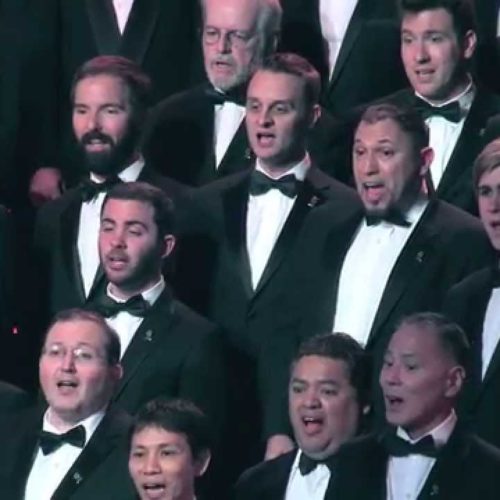

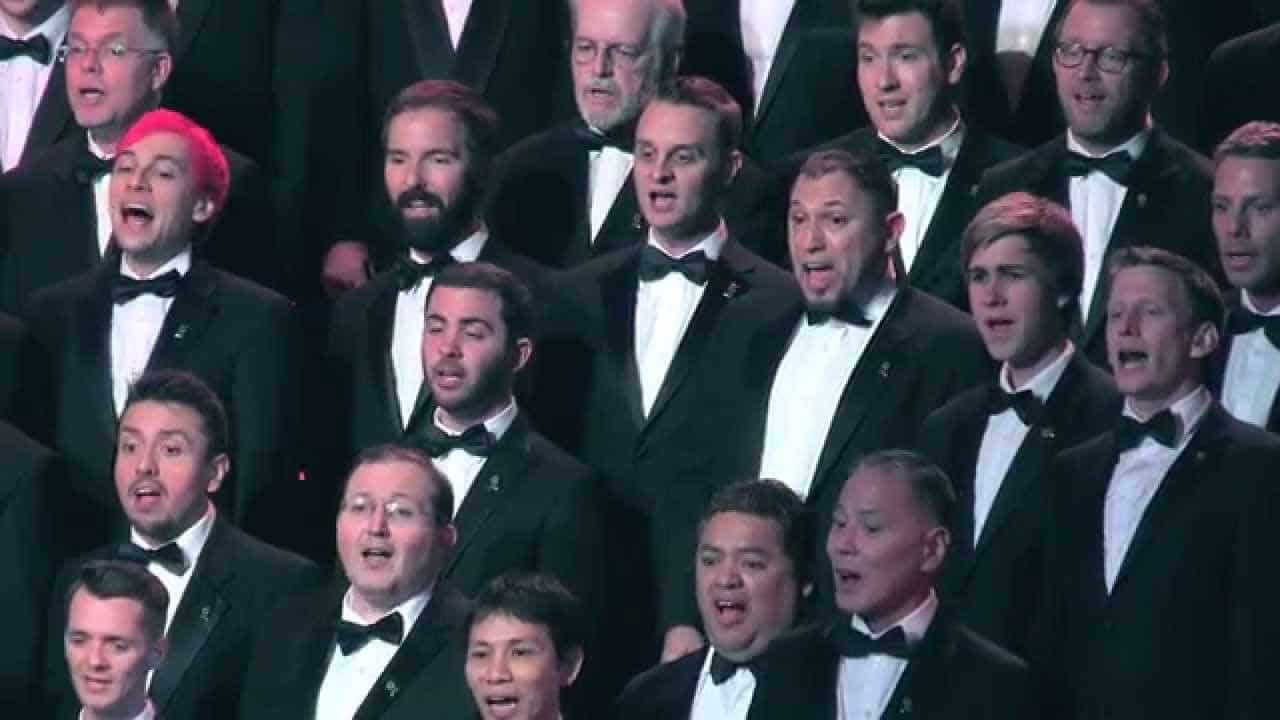
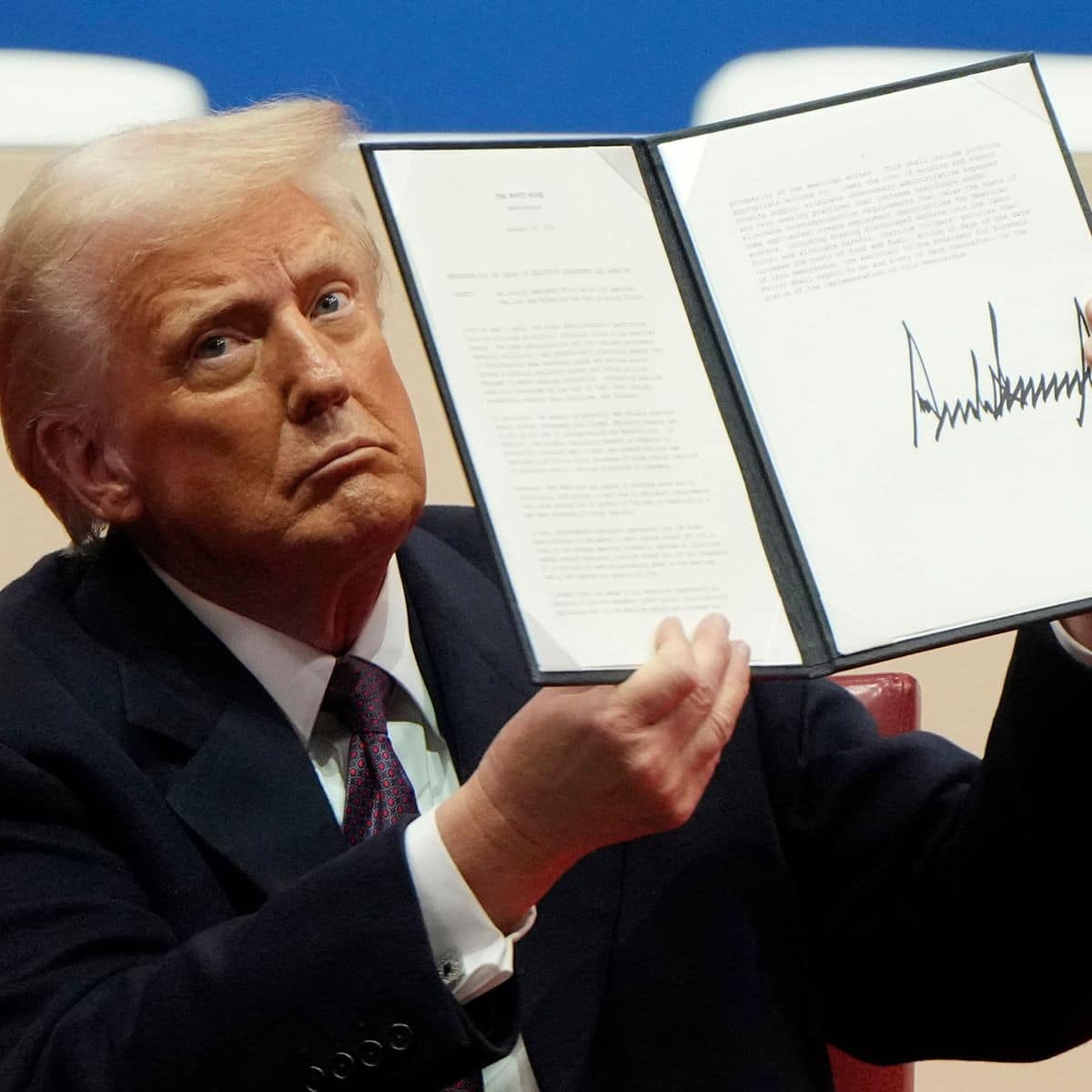
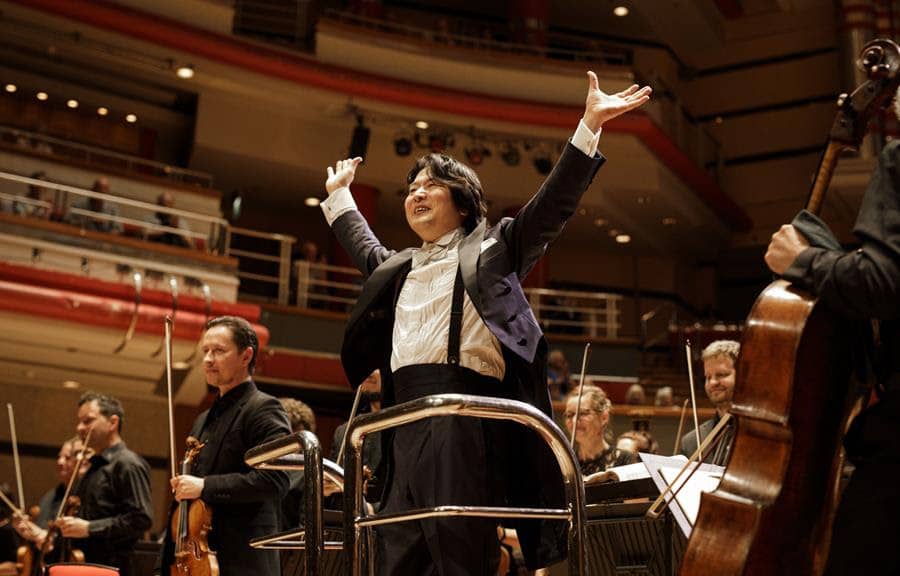
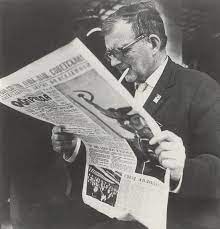
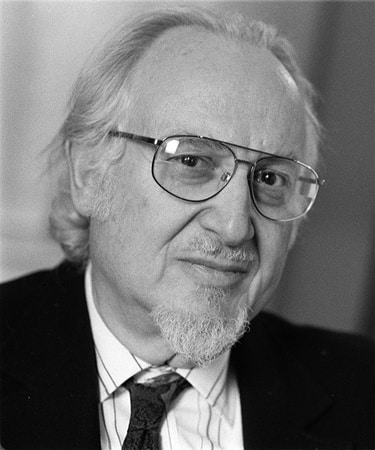
Comments